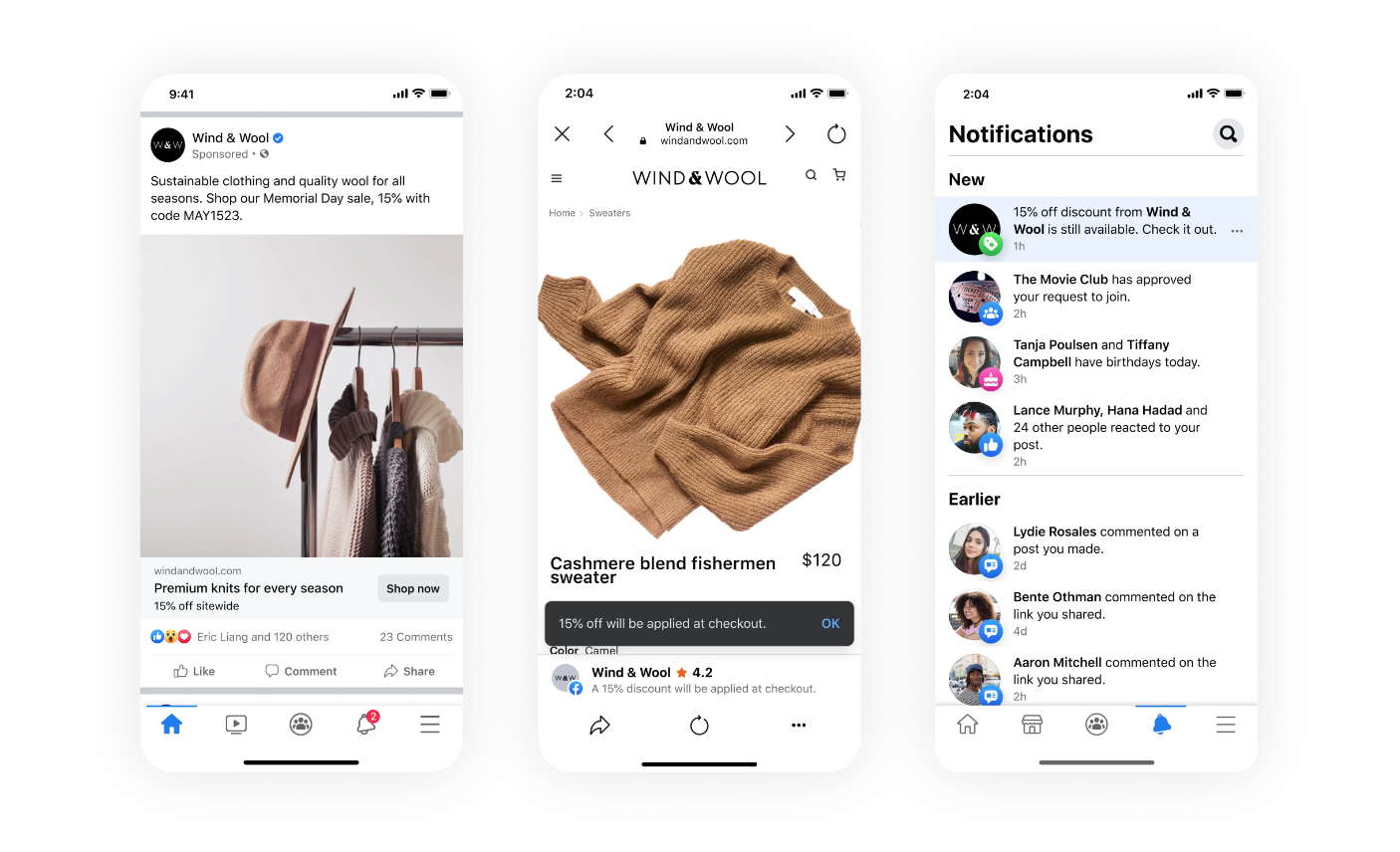As a digital marketer just getting started, one of the most powerful tools I discovered for attracting potential clients or customers is Meta Ads — the paid advertising platform for Facebook, Instagram, Messenger, and WhatsApp.
In this blog, I’ll explain how Meta Ads work specifically for lead generation, what kind of results you can expect, and how to set up a campaign that actually brings in real people — not just likes.
What is Lead Generation?
Lead generation means capturing information from potential customers (called “leads”), like:
-
Name
-
Email
-
Phone number
-
Interest in your service or product
The goal? To build a list of people who are likely to buy from you.
Why Use Meta Ads for Lead Generation?
Meta (formerly Facebook) offers highly targeted ads — meaning you can reach exactly who you want, based on:
-
Age, gender, location
-
Interests and behaviors
-
Job titles or relationship status
-
Pages they’ve liked or interacted with
For example:
If you’re offering social media services to local cafés, you can run ads specifically to café owners in your city.
And with lead generation ads, you can collect contact info without the user ever leaving Facebook or Instagram — which makes it super smooth and effective.
How Meta Lead Ads Work (Step-by-Step)
Step 1: Choose the “Leads” Objective
When setting up a campaign in Meta Ads Manager, you’ll be asked to pick a campaign objective.
Select “Leads.” This tells Meta your goal is to collect info, not just get likes or website clicks.
Step 2: Create an Instant Form
Meta provides Instant Forms — built-in forms that open right inside Facebook or Instagram.
You can customize:
-
Questions (Name, Email, Phone)
-
Intro text (Explain your offer clearly)
-
Privacy policy link
-
Thank-you message after submission
Pro Tip: Keep it short and mobile-friendly. Fewer fields = more conversions.
Step 3: Define Your Audience
You can target based on:
-
Location (city, state, or country)
-
Age and gender
-
Interests (business, design, parenting, fitness, etc.)
-
Behaviors (purchased online recently, visited your website, etc.)
You can also:
-
Retarget website visitors
-
Create Lookalike Audiences from your email list or Instagram followers
Step 4: Design the Ad
Your ad should:
-
Have a scroll-stopping image or video
-
Clear headline (e.g., “Want More Clients? Grab Our Free Strategy Guide”)
-
Strong call-to-action (CTA) like “Sign Up” or “Get Offer”
Keep it simple and value-driven. You’re not selling right away — you’re offering something useful to capture interest.
Step 5: Publish and Monitor
Once your ad is live, use Ads Manager to monitor:
-
Cost per lead (CPL)
-
Number of leads
-
Impressions and clicks
If results are low:
-
Test different visuals or headlines
-
Reduce form fields
-
Try a different audience
What Happens After Someone Fills the Form?
You can:
-
Connect Meta to email tools (like Mailchimp, ConvertKit, or Brevo) using integrations or Zapier
-
Send instant follow-up emails
-
Add leads to your CRM or Google Sheet
-
Manually download them from Meta (if just testing)
🚨 Don’t forget to follow up quickly. The faster you respond, the better your chances of conversion.
Real-Life Example
When I first ran Meta Lead Ads for a mock service offering free Canva templates:
-
I targeted Instagram business page owners aged 25–35 in India
-
Gave away a free “5-Day Content Plan Template”
-
Collected 50+ emails in under ₹400
The key was offering value first — not pushing for sales right away.
Meta Ads are an amazing tool for lead generation — when used smartly. Instead of just chasing likes or followers, you can collect actual contact details and build a community that converts.
Start small, test everything, and offer something valuable in exchange for that lead.

